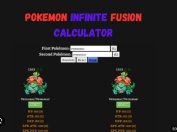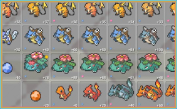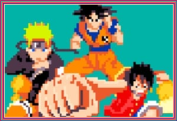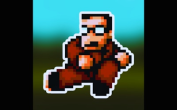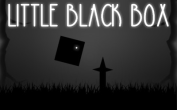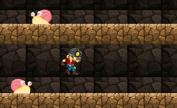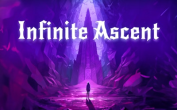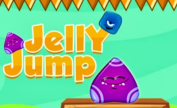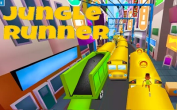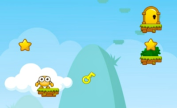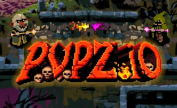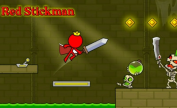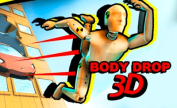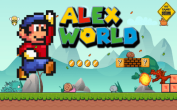Super Mario All Stars
Super Mario All-Stars: A Classic Compilation of Platform Games
Super Mario All-Stars is a renowned compilation of platform games originally released in 1993 for the Super Nintendo Entertainment System (SNES). This beloved collection features remakes of Nintendo's iconic Super Mario games that were initially available on the Nintendo Entertainment System (NES) and the Famicom Disk System. Players get to relive the adventures of Mario and Luigi as they journey through themed worlds, collect power-ups, dodge obstacles, and uncover hidden secrets. The remakes boast updated graphics, enhanced music, modified game physics, and bug fixes, making them a treat for both longtime fans and newcomers alike.
Development and Release:
The idea for Super Mario All-Stars came to fruition after the successful completion of Super Mario Kart in 1992. At the suggestion of Mario's creator, Shigeru Miyamoto, Nintendo Entertainment Analysis & Development embarked on remaking the classic NES titles for the more powerful 16-bit SNES. With the freedom to break away from the NES's 8-bit limitations, the developers based the updated designs on those from Super Mario World , while preserving the essence of the original games. The compilation was eventually released worldwide in late 1993, and a subsequent re-release in 1994 featured the inclusion of Super Mario World.
Acclaim and Success:
Super Mario All-Stars received widespread critical acclaim and quickly became one of the bestselling Super Mario games, amassing an impressive 10.55 million copies sold by 2015. Critics lauded the improved graphics and music, praising the faithful recreation of the classic gaming experience. However, some expressed disappointment in the lack of substantial innovation compared to the original games. Nonetheless, Super Mario All-Stars went on to set a precedent for video game remakes, being regarded as a role model in the industry.
Legacy and Re-releases:
The success of Super Mario All-Stars paved the way for subsequent Super Mario re-releases. In 2010, to celebrate the 25th anniversary of Super Mario Bros., a special package was released for the Wii, featuring the beloved compilation. Another milestone came in 2020, as part of the 35th anniversary celebrations, when Super Mario All-Stars was brought to the Nintendo Switch as part of the Nintendo Switch Online legacy games service. The Wii re-release garnered commercial success, selling 2.24 million copies by 2011, but faced mixed reviews due to its similarity to the original SNES version, lacking additional content or features.
Audio Enhancements:
One notable improvement in Super Mario All-Stars is the recreation and replacement of most sound effects with counterparts from Super Mario World. This includes the "stomping" sound effect when Mario Spin Jumps on a spiked enemy, and the sound effect when boss enemies are damaged. The original music is also re-scored and rearranged using the soundfont from Super Mario World, featuring two new instrument samples, the trombone from Optical Media International's "Universe of Sounds" and the timpani from the Roland L-CD1 module.
Background Music:
Except for Super Mario Bros. 2 , which had background music from the start, Super Mario All-Stars now includes title screen background music for each game. These cover versions of the underwater level theme are composed of a harmonica, harp, and jazz-style elements, respectively, adding a fresh touch to the gaming experience.
Controls:
The controls for Super Mario All-Stars on the Super Nintendo Entertainment System are as follows:
- Click screen to activate.
- ← → ↑ ↓ = Directions
- Z = A X = B
- A = X S = Y
- D = L C = R
- Enter ↵ = Start
- Space = Select
Conclusion:
Super Mario All-Stars remains an iconic compilation cherished by gamers worldwide. Its enduring popularity and critical acclaim solidify its place in gaming history. With its timeless gameplay and unforgettable characters, the collection continues to be a beloved part of the Super Mario legacy. Players can enjoy the enhanced gaming experience on the SNES with the intuitive controls that allow for seamless navigation through the Mushroom Kingdom.
Instructions
Using Mouse
Categories & Tags


